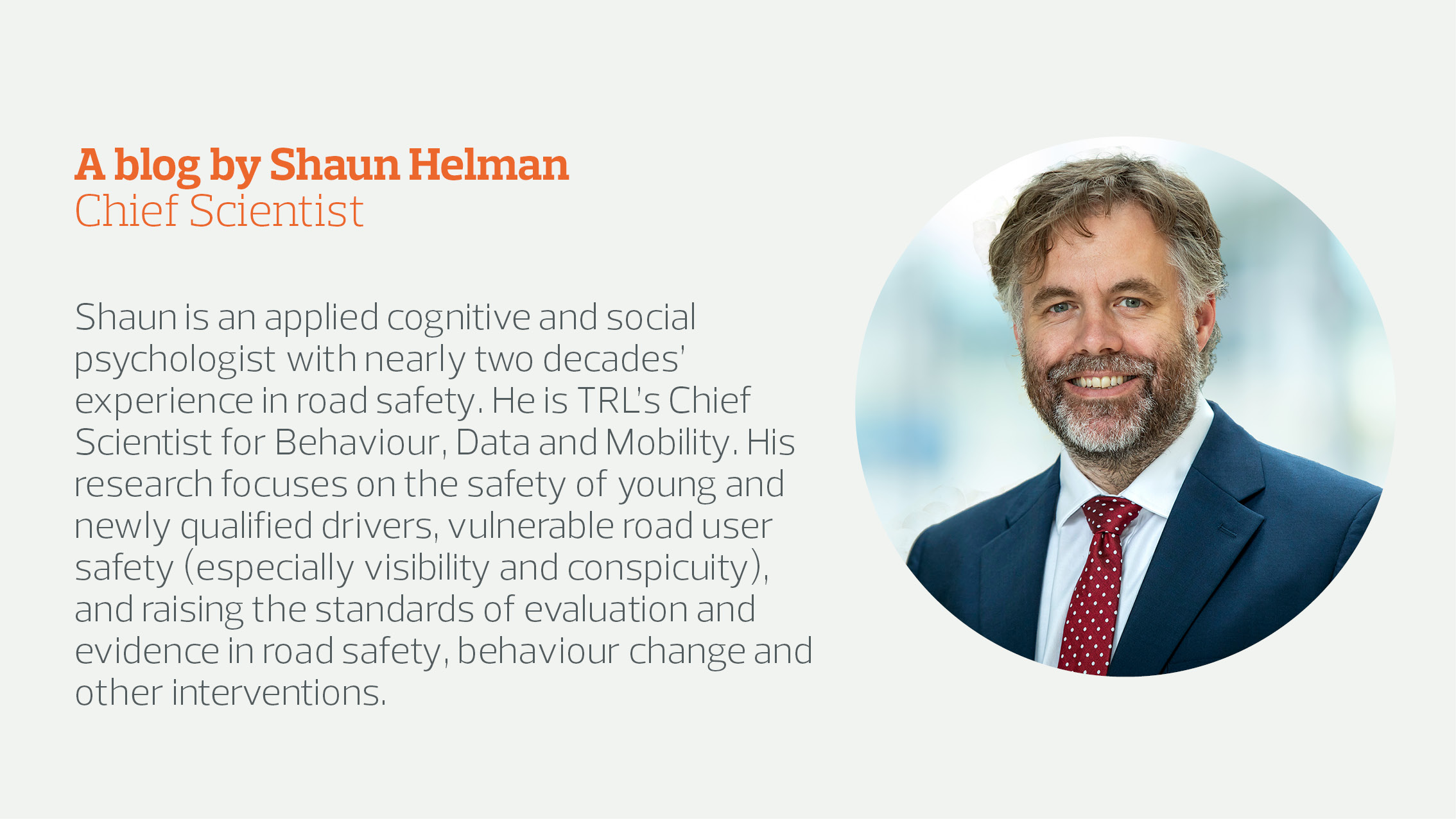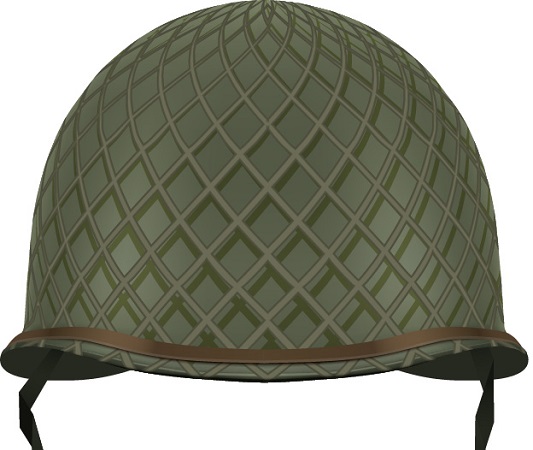The algorithms that curate content for us on social media, for all their focus on keeping us in our echo chambers, sometimes throw up something left-field. YouTube recently suggested that I look at a video on the US infantry M1 helmet. Not exactly my usual content. It turns out though that this suggestion, while not of much personal interest, was spot on for my professional life. Along with a conversation with my wife, Kim, about her decision-making process when walking home from nightclubs while at university, it inspired this short blog article.
The particular video concerned why US soldiers in the second world war often appear to have the chin straps of their M1 helmet unbuckled. There is a lot of reading to be done on the internet on this topic but the short version is that a rumour started in the ranks that if you buckled your helmet, and an explosion happened nearby, even if the blast did not harm you directly, the shock wave could lift your helmet up and break your neck. Urban myth, right? Surely soldiers did not really believe this? It would appear that they did. Several sources, including the video linked above, show documents from the time demonstrating that while the rumour was based on the flimsiest of evidence, it took hold to the extent that the US Army had to fit pressure release clips to the M1 helmet straps to encourage soldiers to secure them. It seems likely that there are far more ways in which an unbuckled helmet will kill you than a buckled one, most casualties on battlefields being from things like shrapnel which a helmet that has fallen off cannot help with. Despite this, soldiers' perceptions and fears of a particular risk led them to behave in a way that put them at more risk overall.
This brings me to my wife, Kim. We were talking about this topic, and how risk perception can be the strangest of things. She recounted her own version of such a perception leading to an objectively riskier behaviour. When she was at university she said, she would always stay out late clubbing at least once a week; she was always (and still is) a sucker for late nights, dancing. Often, she said, she would find herself walking home alone in the dark, as her house was not far from the town centre. Part of the footpath followed a dark, secluded tree-lined area beside a very fast, busy main road. Whenever Kim would reach this, without fail she would walk up the bank to the main road, and walk along a stretch of around 200 metres, next to the traffic, such was her fear of whatever the tree-lined stretch might hide. At least with the traffic, she reasoned, she could see and understand the risks, even if she knew in her mind that the road was the more dangerous of the two options.
Now the subject of women not feeling safe while out alone is not something I am qualified to comment on professionally, and nor is it something I want to trivialise. It is a major social issue for our times, pushed into the public consciousness by the Sarah Everard case. What is important about Kim's anecdote is that last bit. She KNEW the road was the riskier option (she studied Psychology and her course even included some traffic safety content) but she still chose it. Like the American soldiers in WW2, Kim's behaviour was tilted towards a more objectively risky option, for reasons associated with subjective fear of the other, less likely outcome.
Which brings us to road safety. One obvious equivalent behaviour (although very much a minority now) concerns the wearing of seat belts. When the 1983 seat belt law came into effect, I recall many people at the time refusing to wear theirs, with one of the reasons given that if a crash occurred, the seat belt might trap them in the car while it burned. Of course - this has surely happened to a few unlucky individuals. But as far as we can tell it is far less likely to happen than the LACK of a seat belt resulting in a car occupant being thrown from the vehicle in a crash, with fatal outcomes.
A more contemporary example is smart motorways. TRL has done extensive research with road users on all manner of things related to the strategic road network. Whenever we speak to people about smart motorways, one thing we consistently hear mentioned (not from everyone, but from many people) is the fear of breaking down in a live lane. Some even mention that they actively avoid smart motorways when they can, as a result of this fear. When confronted with the facts around objective safety - smart motorways are considerably safer overall than the A and B roads that people migrate to - nothing changes. Again, we have an example of a solution which works (in safety terms, overall) but which is rejected by users for reasons that were not really included in the thinking of the solution designers.
If there is a central theme here other than risk perception, it is 'check how users will respond'. Would the media interest, and the subsequent Transport Select Committee report and pause on smart motorway roll-out have been avoided if the concept had been tested more thoroughly with the public, from a risk perception perspective?
So - there you go. What do infantry helmets, my wife walking home from night clubs, and smart motorways have in common? They are all influenced by the perception of risk, as well as risk itself, and they would all benefit from proper user-testing. Providers of protective equipment, pedestrian facilities, and revolutionary new national transport infrastructure - please take note.


